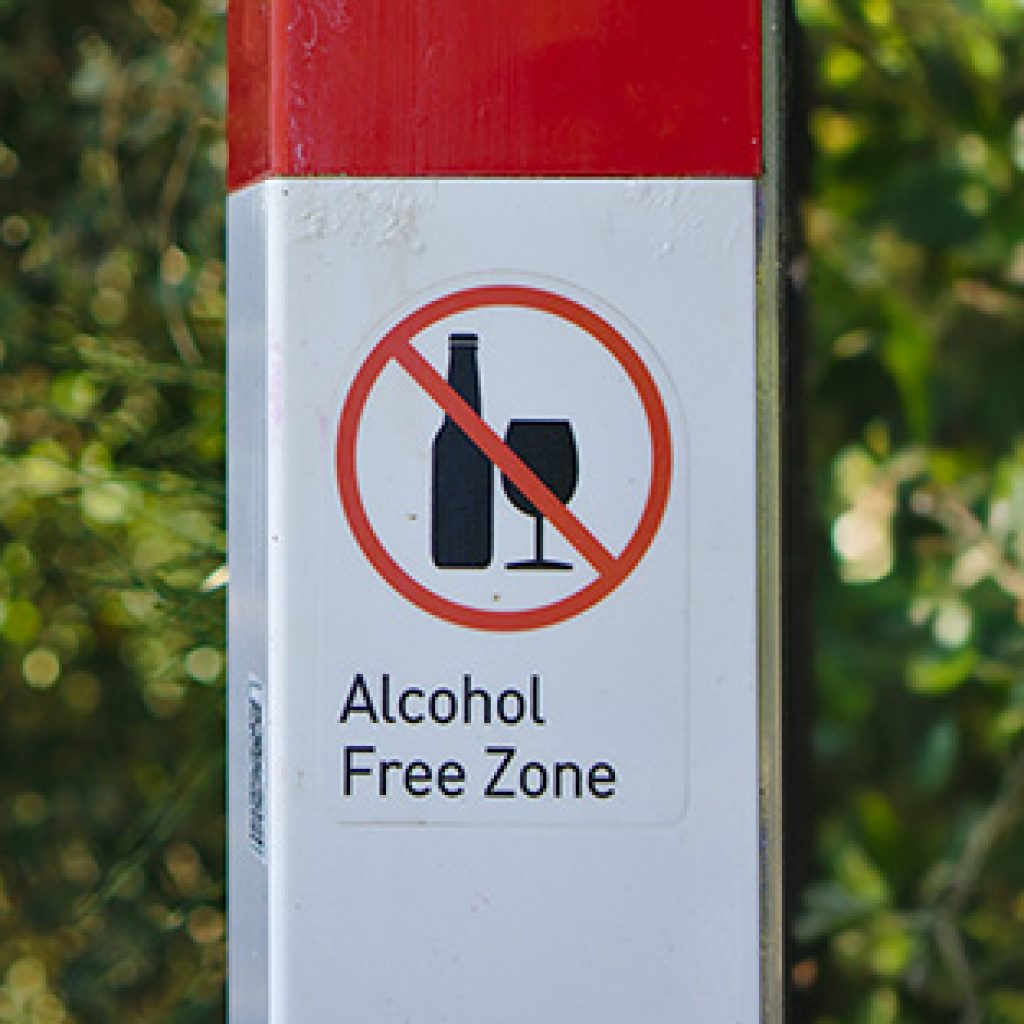Prevention Core Competencies: Standards to Guide the Field of Substance Use Prevention
Prevention Core Competencies: Standards to Guide the Field of Substance Use Prevention
Published on June 1, 2021, the Prevention Core Competencies represent a much-needed effort to strengthen and professionalize the field of substance misuse prevention. The development of this landmark publication was accomplished in three phases, as described in the Executive Summary (SAMHSA, 2021):
- Phase I: Identification of prevention domains and cross-cutting principles
- Phase II: Development of substance use prevention core competencies and definitions
- Phase III: Development of knowledge, skills, and abilities (KSAs) for each competency
Foundations for Phase I consisted of the U.S. Department of Labor (DOL) standards, while Phase II produced prevention competencies and definitions that dovetail with SAMHSA’s Strategic Prevention Framework’s five steps:
- Assessment
- Capacity Building
- Planning
- Implementation
- Evaluation
The lengthy process included expert panel meetings, webinars, review of competency materials, and interviews with key stakeholders from the fields of substance use and mental health. Phase III included review of relevant research and fine-tuning of competencies, KSAs, tasks, and certification requirements to develop the core competencies. The outcome is the establishment of basic standards for prevention professionals to guide and inform every step of career development for providers of substance misuse and mental health prevention services. The development of basic technical skills in both acquired knowledge, skills, and approaches to work also provides a means for evaluating their work and for guiding training, certification and licensure, recruitment and retention, and ongoing professional development. Management processes are also facilitated by providing an infrastructure for training in supervision and management, distribution of workloads, determining future workforce needs, and providing input and feedback to employees about their performance.
What is a Competency?
A competency is “the capability to apply or use a set of related KSAs required to successfully perform critical work functions or tasks in a defined work setting. This definition was developed for the U.S. Department of Labor (DOL) in 2005” (SAMHSA, 2021). Through education, training, experience, and natural ability, a person becomes adequately prepared to perform required prevention tasks at a basic standard level. For the prevention core competencies, five separate domains were established. The core competencies for each of the five domains require multiple areas of knowledge, skills, and abilities. The KSA areas by domain include (SAMHSA, 2021):
- Domain 1: Assessment – Data Gathering; Needs and Resource Identification; Problem Definition; and Analysis.
- Domain 2: Capacity Building – Collaboration; Organizational Advocacy; and Organizational Cultural Proficiency.
- Domain 3: Planning – Collaborative Planning; Cultural Inclusion; Systematic Thinking; Evidence-Informed Approaches; Facilitation; and Strategic Planning.
- Domain 4: Implementation – Cultural Responsiveness; Collaboration; and Change Management.
- Domain 5: Evaluation – Evaluation Methods; and Data Interpretation and Use.
Cross-cutting competencies that form the basis for the prevention profession were also established. Cross-Cutting competencies for prevention are considered foundational and cut across all five domains. They are therefore listed separately, and include (SAMHSA, 2021):
- Interdisciplinary foundations (substance use disorders and mental health) – Defined as “Awareness of the areas of knowledge that result in the development of competency in any addiction and mental health practice specialty”.
- Role of multiple systems and systems thinking – Defined as “Ability to understand how decisions influence one another within a larger context. Ability to recognize that a component part of a system will often act differently when isolated from its environment or other parts of the system. Ability to use insights into human and social systems, understanding of the linkages and interactions that comprise the systems, and comprehension of how changes in one area can and often will affect the other components.”
- Family dynamics – Defined as “Awareness and understanding of family functioning, including the impact of substance use and SUDs and MEB disorders on parenting and the family environment and its adverse impact on developing children from birth through adulthood. Understanding the intersection of other family, health, and social problems with both SUDs and the chronic emotional trauma that the disorders impose on the family. Recognizing the importance of cultural considerations in relation to families.”
- Ethical practice and professional responsibility – Defined as “The ability to make ethical decisions that protect individuals, children, families, and communities in relation to prevention strategies. The ability to apply ethical principles to the collection, maintenance, use, and dissemination of data and information in order to ensure nondiscrimination and cultural responsiveness, professional competence, integrity, effective services, confidentiality, and ethical obligations for community and society.”
- Basic knowledge – Defined as “Have a broad understanding of the foundation and scientific basis underlying prevention theories, practices, policies, and programs, such as continuum of care (National Academy of Medicine), theories of change, human development, and effective and culturally relevant, evidence-based prevention strategies.”
- Communication – Defined as “Ability to participate in an interchange of ideas, opinions, and information using written, verbal, nonverbal, and listening techniques and provide appropriate information to different audiences, including age-appropriate and culturally relevant communications with children and youth.”
In total, there are 302 specific KSAs to master in the five domains and cross-cutting competencies. Each and every one of them is identified and described in detail by domain in SAMHSA’s Prevention Core Competencies, a free 52-page document available to download.
References and Resource Links
Substance Abuse and Mental Health Services Administration: Prevention Core Competencies. Publication No. PEP20-03-08-001. Rockville, MD: Substance Abuse and Mental Health Services Administration, 2021.
Training and Professional Development
- Prevention Technology Transfer Center (PTTC) Network – “The purpose of the Prevention Technology Transfer Center (PTTC) Network is to improve implementation and delivery of effective substance abuse prevention interventions and provide training and technical assistance services to the substance abuse prevention field. It does this by developing and disseminating tools and strategies needed to improve the quality of substance abuse prevention efforts; providing intensive technical assistance and learning resources to prevention professionals in order to improve their understanding of prevention science, epidemiological data, and implementation of evidence-based and promising practices; and developing tools and resources to engage the next generation of prevention professionals.”
- PTTC Products and Resources
- PTTC Training and Events Calendar
- PTTC Recent News
- CASAT Learning: Continuing Education and Professional Development for Behavioral Health Professionals
Special Note: This Catalyst blog post was developed by the Center for the Application of Substance Abuse Technologies (CASAT) at the University of Nevada, Reno. Feel free to use and share this information. A link to our site and attribution is appreciated.
Suggested citation: Pyle, S. (2021, July 21). Prevention Core Competencies: Standards to Guide the Field of Substance Use Prevention. CASAT OnDemand. https://casatondemand.org/2021/07/21/prevention-core-competencies-standards-to-guide-the-field-of-substance-use-prevention/.
What are your thoughts about the new Prevention Core Competencies? Please share your thoughts in the comments below.
Blog Post Tags:
Related Blog Posts
Related Learning Labs
Related Resources
.
- Buscar Tratamiento de Calidad para Trastornos de uso de Sustancia (Finding Quality Treatment for Substance Use Disorders Spanish Version)
- Finding Quality Treatment for Substance Use Disorders
- Focus On Prevention: Strategies and Programs to Prevent Substance Use
- Monthly Variation in Substance Use Initiation Among Full-Time College Students
- The National Survey on Drug Use and Health (NSDUH) Report: Monthly Variation in Substance Use Initiation Among Adolescents








